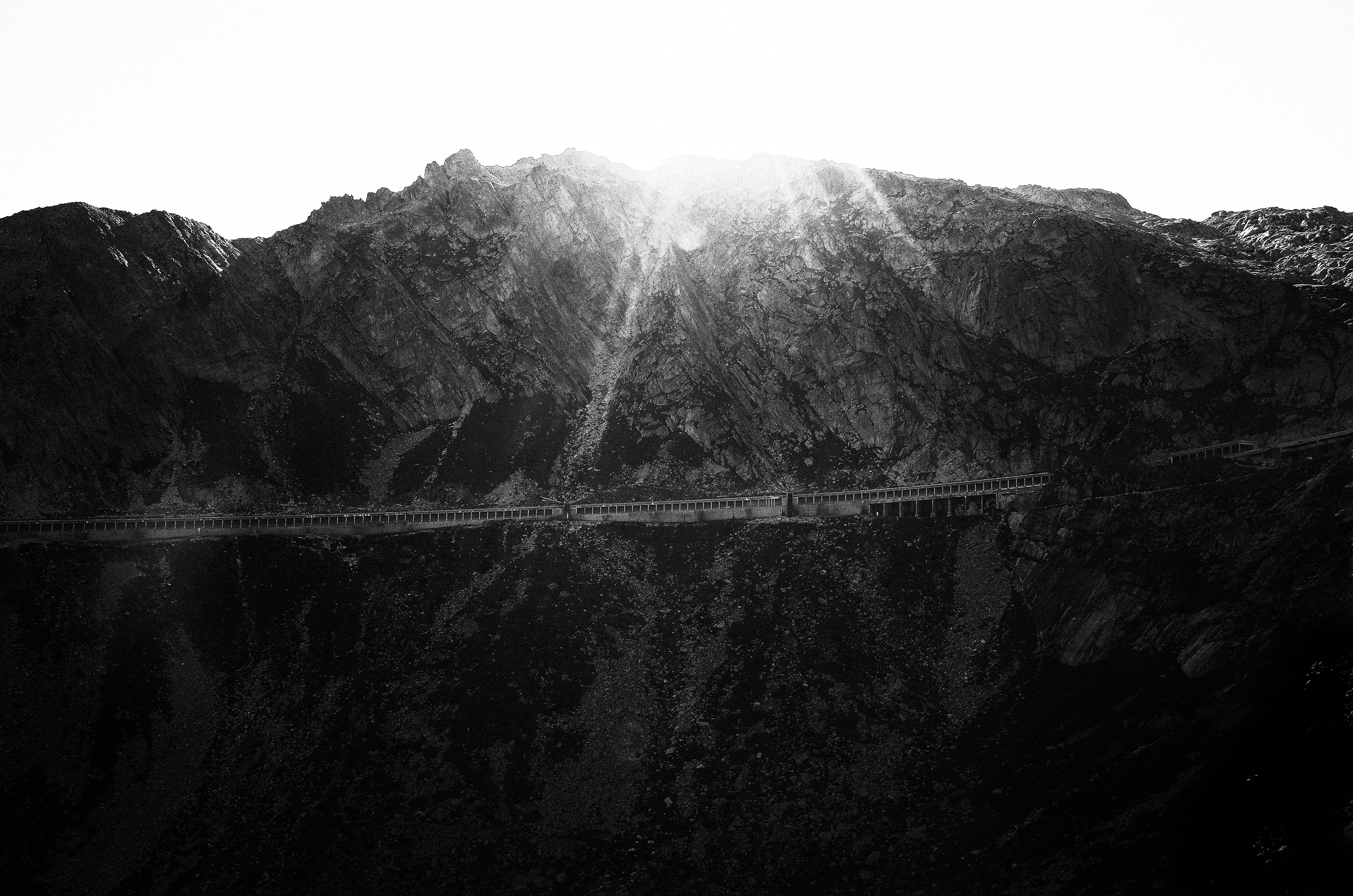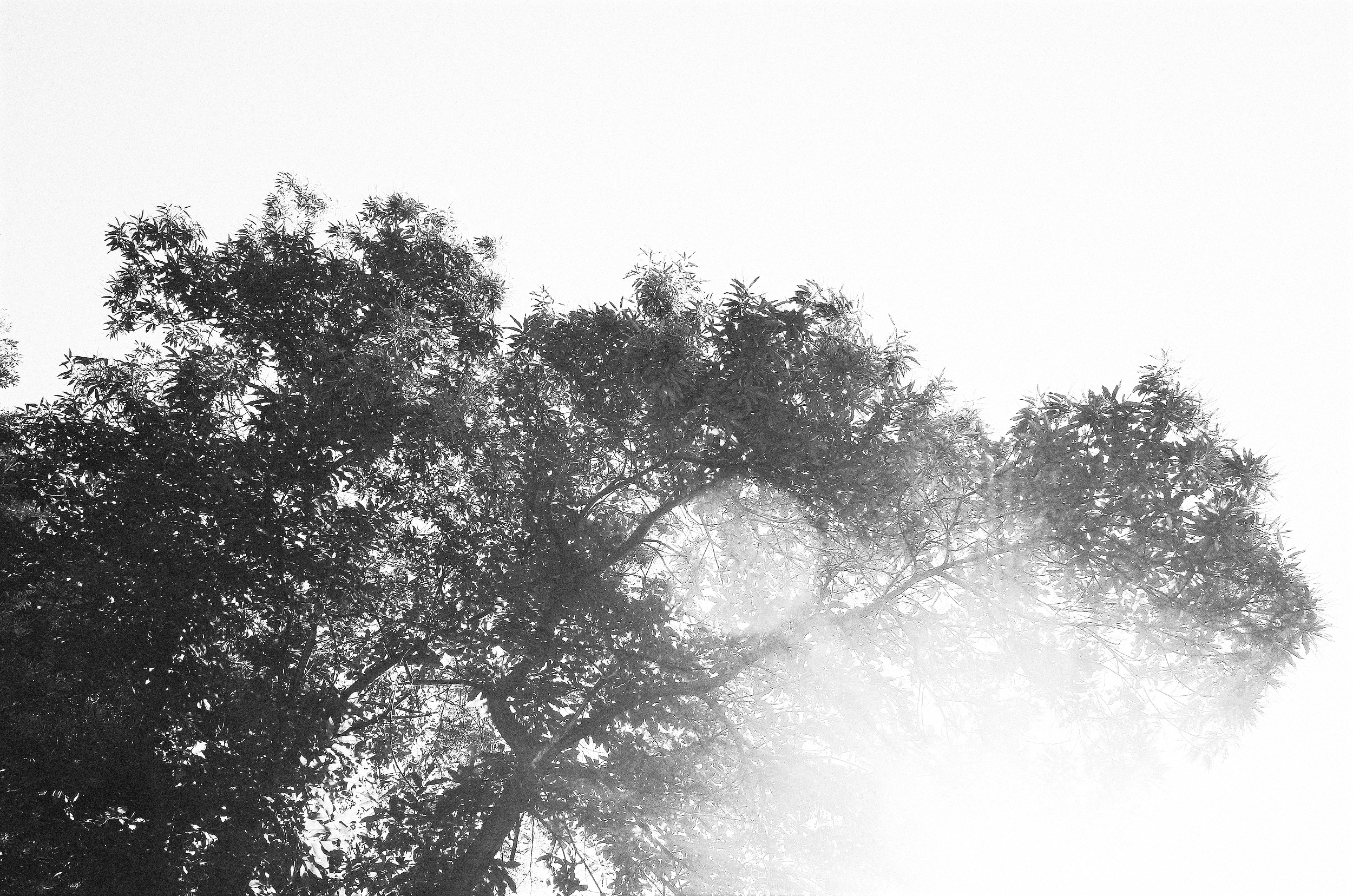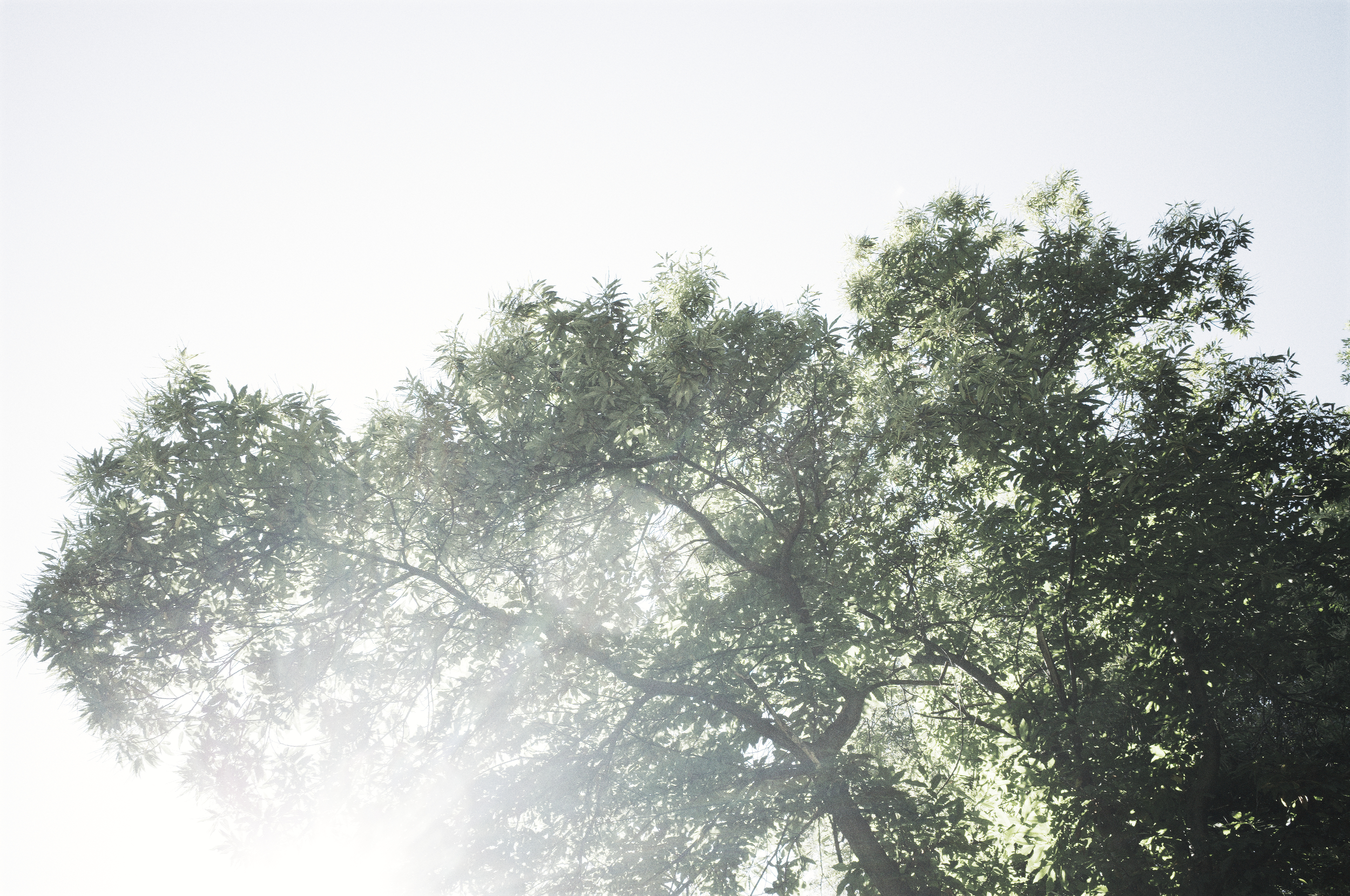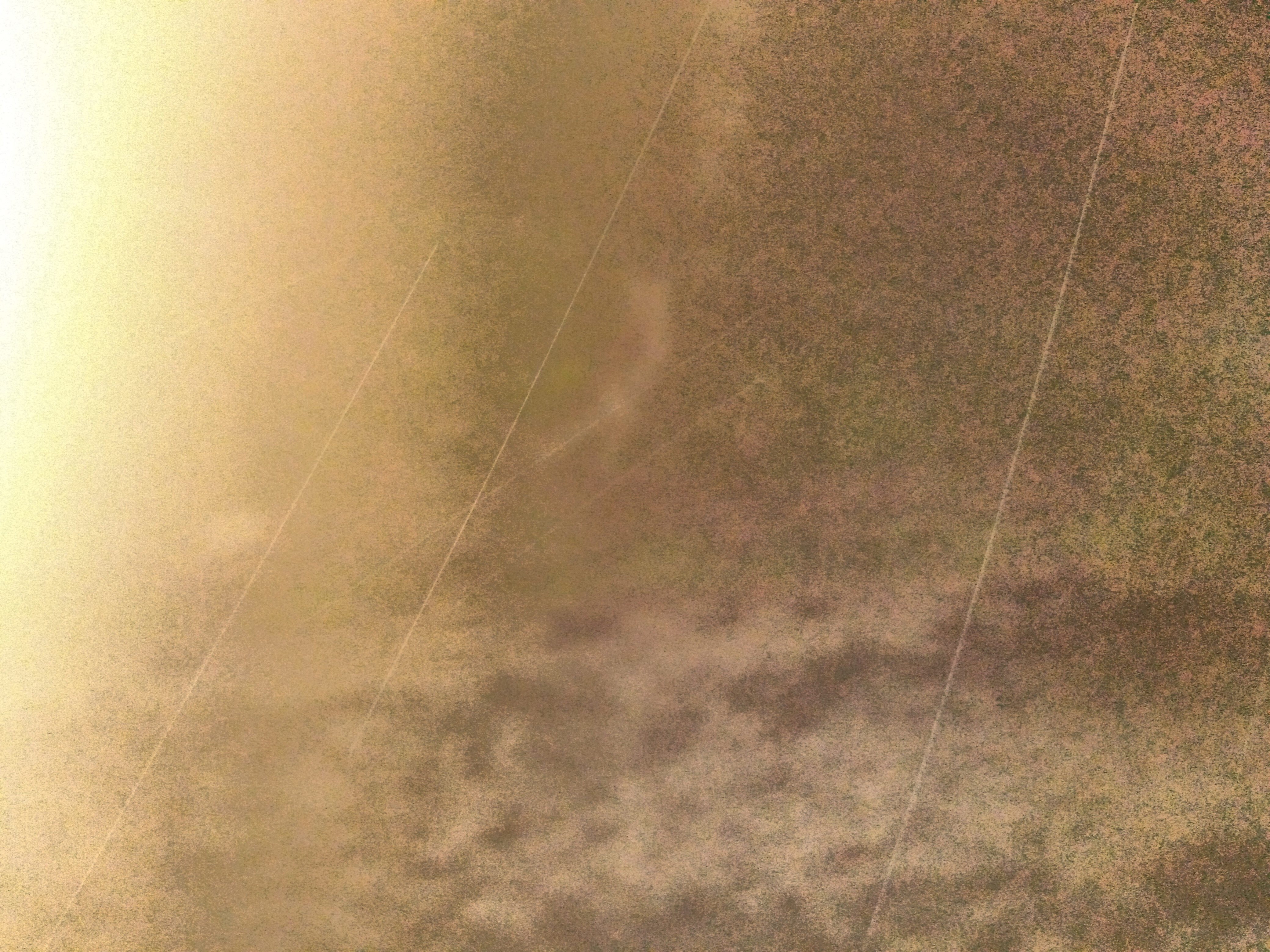Wabi-Sabi
Optimized for mobile. Use desktop view for the best design experience.
Probably I have lived the Wabi-Sabi philosophy unconsciously all my life.
What is «Wabi-Sabi»?
«In traditional Japanese aesthetics, Wabi-Sabi (侘寂) is a world view, a wisdom and philosophy
centered on the acceptance of transience and imperfection.» [1]
«The Wabi-Sabi
aesthetic is sometimes described as
one of appreciating beauty that is imperfect, impermanent and incomplete.» [2]
The
Wabi-Sabi philosophy can (but doesn't necessarily have to) lead to simplicity and minimalism.
that grew stronger as inessentials were eliminated
and trimmed away.
- architect Tadao Ando[5][6]
Leonard Koren [2] (1994, 2008) describes the main characteristics of the Wabi-Sabi universe as follows,
with a few additions by the author.
Values
Thinking
Rules
Keep it as simple and minimalistic as possible.
Ignore material hierarchies.
Do not compare to others. Comparison and competition are the thiefs of joy, creativity and happiness.
Focus only on the essential and really important. Ignore the rest.
Do not aim for perfection, you will never reach it.
Emotional connections to your art and the stories behind are much more important than sterile technical perfection not standing the test of time.
Use what you have, be humble. Make something out of it.
Focus on your process and enjoy every moment of your journey.
Simply create. Enjoy. Grow.
Attributes
There is another good explanation of Wabi-Sabi for everyday life at Savvy Tokyo [6].

 Chestnut
tree, black & white; July 2021
Chestnut
tree, black & white; July 2021 Chestnut tree, monochromatic colour; July 2021
Chestnut tree, monochromatic colour; July 2021